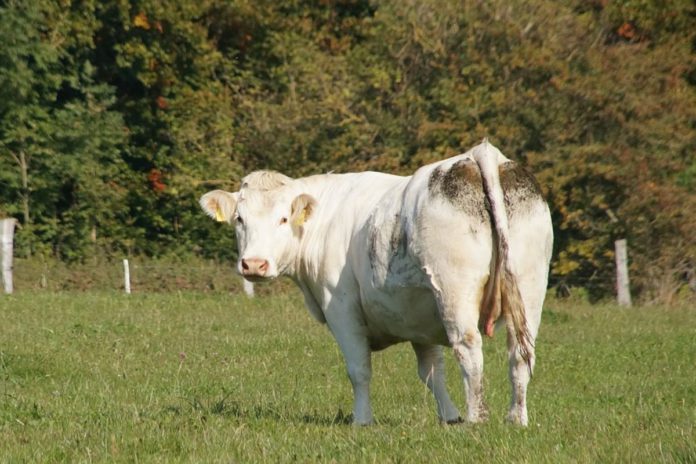The Department of Agriculture, Food and the Marine (DAFM) has confirmed funding for a “major and world-first” €43m genotyping programme for the Irish national herd.
The voluntary genotyping programme, which will be available to both beef and dairy herd owners, will run over five years.
According to the DAFM, the project is a “significant” step towards realising the minister’s ambition for Ireland to be the first country in the world to genotype the national bovine herd.
The programme will be based on a cost-sharing model between the Department of Agriculture, Food and the Marine, the beef and dairy industry, and participating farmers.
The first year of the programme in 2023, with a budget of €23 million, will be funded by the Brexit Adjustment Reserve, and the five-year programme will be notified to the European Commission under agriculture state aid rules.
Genotyping from 2024 onwards will be met on a one-third cost-sharing basis by the DAFM, industry and farmers.
In a statement to That’s Farming in May 2023, a spokesperson for the DAFM explained:
“The minister is continuing to engage with all stakeholders with a view to progressing a national bovine genotyping programme.”
Participating farmers must commit to the full five years of the programme and will contribute to the programme in years two to five, with the costs shared one-third each between farmers, industry and the Department of Agriculture, Food and the Marine.
ICBF will administer the programme on behalf of the Department of Agriculture, Food and the Marine.
The programme is not open for applications yet, and full details, the DAFM outlined in a statement to www.thatsfarming.com , on the application process, will be available from ICBF in the coming weeks.
National genotyping strategy
Late last year, the Food Vision Dairy and Beef Groups reported to Minister McConalogue on how emissions from both sectors could be reduced, either through direct or enabling measures.
Driving down emissions through targeted breeding strategies featured as a direct impact measure in both reports.
The key building block for the breeding strategies referenced in the reports is a national genotyping strategy.
The accurate information available from genotyping will also, the DAFM outlined, contribute to enhanced integration between the dairy and beef sectors, and to improving animal health and welfare.
Research undertaken by Teagasc and the Irish Cattle Breeding Federation (ICBF) has highlighted the significant benefits that can accrue to Irish farmers and related industries with higher genetic merit herds being more profitable and with a lower carbon footprint.
In addition to improving economic and environmental sustainability, genotyping the national herd will, the DAFM’s statement added, have a number of co-benefits, including:
- Providing a unique selling point in terms of traceability, which is important for marketing our quality produce, particularly for international trade.
- Providing greater certainty about the quality of dairy beef calves, with benefits both for the farmers rearing those calves and for calf health and welfare.
How genotyping works
Genotyping involves taking a tissue sample from breeding females and males and building a DNA bank of that data.
When new calves are born, they are matched to their sire and dam. If carried out at national scale, genotyping would give the Irish cattle industry 100% traceability at the DNA level, the DAFM highlighted.
The genetic data collected will be analysed to identify specific traits or characteristics that are important to farmers, such as disease resistance, milk or meat production, or fertility.
In addition, the information gathered will be used to develop breeding strategies aimed at improving the overall genetic merit of the herd.





